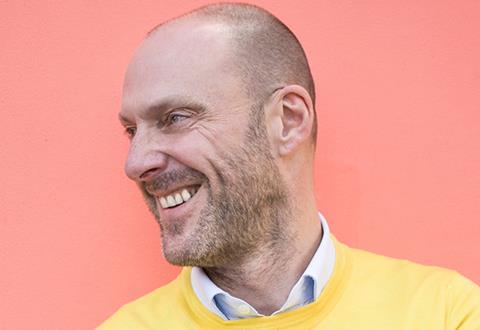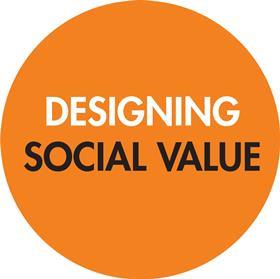We can always do better but the key is to set clear goals and be relentless in pursuing them, writes Martyn Evans

At my company we are reviewing our sustainability strategy. We have worked hard over the years to develop our schemes to as high a standard as possible and as part of a wider ESG agenda. The very nature of our work means we are able to make substantial claims about the socio-economic impact of what we build. But we have never set out our ambitions as a set of clear principles and we know we are behind the curve in this regard. This is what has been driving our current policy development.
Even though we have all been concerned about environmental sustainability standards for decades – when I worked at the Body Shop in the early 1990s we were one of the first quoted companies to publish an annual sustainability report – the wider subject of ESG is still in its infancy, particularly in terms of a common set of industry metrics used to measure performance.

We are going to publish a strategy in May which has led me and other colleagues to spend some considerable time in recent months researching existing strategies across a wide and diverse portfolio of projects all run by different teams in varied geographies to different planning requirements. It’s been a fascinating process working out where we should be directing our focus to allow as broad a set of policies as possible to work while setting some clear corporate standards which all our schemes must reach.
Researching what our industry colleagues do has been fascinating, from the expensively resourced teams, publications and policies of the larger developers like Land Securities and British Land to the innovative and specialised policies of some of the more progressive, smaller residential developers. To join the list of companies setting out their sustainability stalls we have needed to work out exactly where we are now (a complicated and time-consuming exercise), set out an ambition of where we want to be, and work out what it will cost in human resource, cash and time to bridge the gap.
But where to start deciding where we want to be? If you imagine a spectrum of ambition where one end is basic compliance with regulations and the other is some Indonesian bamboo tree-house builder, then the myriad of ambitions in between is complex and wildly varied. Given that an ambition to develop as sustainably as possible also needs to be tempered by its cost in a competitive commercial environment, the choices of how to proceed are bewildering.
The answer is to focus on what you can do best, set very clear long-term ambitions and develop policy to get there over as reasonable and affordable a time as possible. We know that we are already delivering on quite ambitious socio-economic impact metrics. We have always set a high bar in terms of delivering buildings that perform well in terms of energy use and our sites are typically very green, allowing us to develop an ambitious programme of biodiversity in the places where we build. We are also working hard on the ‘G’ element of the ESG agenda to put the kind of governance agenda in place in our company that supports ambitious delivery on the ‘E’ and ‘S’ elements of environmental and social. We know we can do better with embodied carbon, use of recycled materials and applying circular construction principles. All of these will feature as policy targets for our development process and the capacity-building programme we will put in place to enable us to improve our skills.
Where our size and the commercial restrictions inherent in our schemes mean we will take a little longer than we would like to reach more ambitious targets, we will invest in research projects to help make complex and expensive processes cheaper and more accessible.
What I am certain about as we progress our own policy-making is that there is no one-size-fits-all policy for us to buy off a shelf. We have to develop policies that fit our business and the customers and funders we do business with that are affordable and achievable.
If we can’t have everything we want immediately, what’s important is to be uncompromising in sticking to the principles we set out for ourselves and to hold tight to the belief that we can always do better.
Postscript
Martyn Evans is creative director of U&I
















No comments yet